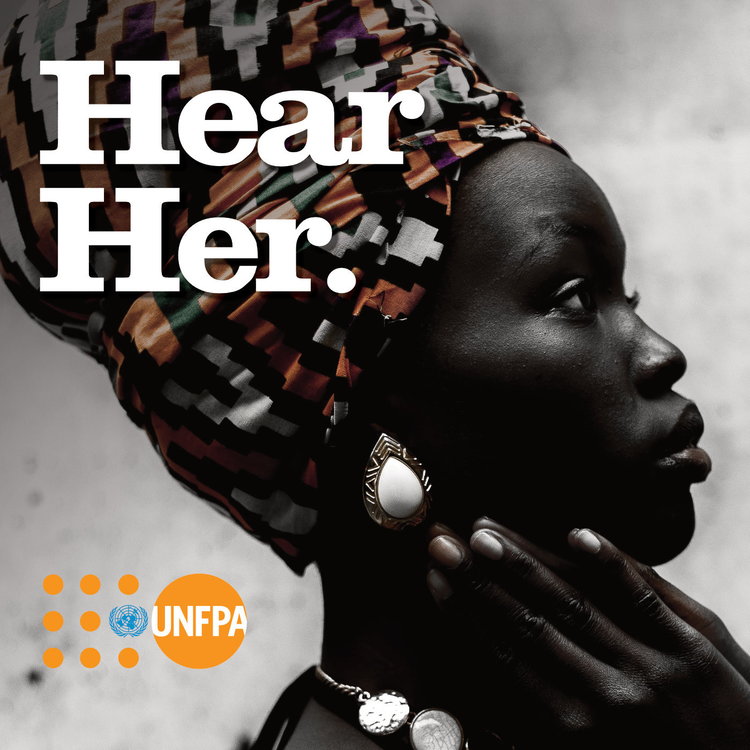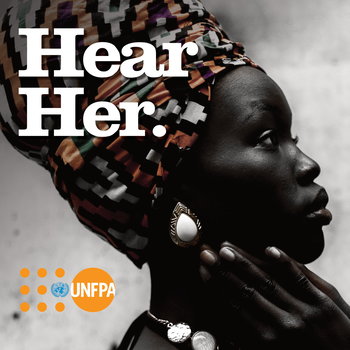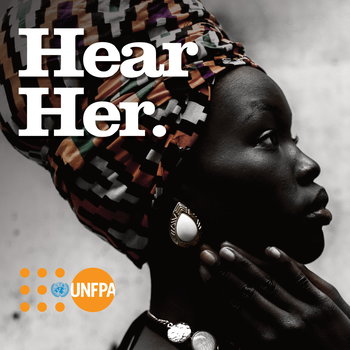
HIV/AIDS
Loading player...
In this episode, we delve into HIV/AIDS epidemic in East and Southern Africa, with a particular focus on its impact on youth and women. The discussion covers a range of topics, highlighting the critical need for comprehensive sexual and reproductive health services and the ongoing challenges faced in addressing the epidemic.
Key Points:
- UNFPA's Strategic Plan: We explore UNFPA's mission to achieve universal access to sexual and reproductive health, realise reproductive rights, reduce maternal mortality, end gender-based violence, and address family planning needs. Central to achieving these goals is the fight against HIV.
- Disproportionate Impact on Women and Girls: Women and girls are bearing the brunt of the HIV epidemic, particularly in Eastern and Southern Africa, where they accounted for 63% of new infections in 2021. We discuss the vulnerabilities of key populations, including sex workers and men who have sex with men.
- Contributing Factors to High HIV Rates: The episode examines factors like multiple concurrent partnerships, low condom use, endemic sexually transmitted infections, low male circumcision rates, and gender power imbalances that contribute to the region's high HIV rates.
- Youth and Persistent New Infections: Despite ongoing efforts in comprehensive sexuality education (CSE) and medical services, new HIV infections among young people persist. We discuss the role of coerced sex, lack of access to condoms, lack of knowledge about safer sex, and the pervasive stigma in this context.
- Barriers to Prevention: Challenges in accessing HIV prevention methods like condoms and PrEP are discussed, with a focus on the difficulties faced by young people, rural populations, and key populations like LGBTQ+ individuals due to stigma and limited resources.
- Strategic Responses: The conversation highlights various strategies to combat the epidemic, including strengthening health systems, innovative service delivery models, addressing legal and policy barriers, empowering youth leadership, and combating stigma and discrimination.
Notable Statistics:
In 2021, 63% of new HIV infections in Eastern and Southern Africa were among women and girls. A 2012 study revealed that 28% of school girls in South Africa were HIV positive, compared to 4% of boys.
Join us as we explore these critical issues and discuss the way forward in combating the HIV/AIDS epidemic in East and Southern Africa.
Key Points:
- UNFPA's Strategic Plan: We explore UNFPA's mission to achieve universal access to sexual and reproductive health, realise reproductive rights, reduce maternal mortality, end gender-based violence, and address family planning needs. Central to achieving these goals is the fight against HIV.
- Disproportionate Impact on Women and Girls: Women and girls are bearing the brunt of the HIV epidemic, particularly in Eastern and Southern Africa, where they accounted for 63% of new infections in 2021. We discuss the vulnerabilities of key populations, including sex workers and men who have sex with men.
- Contributing Factors to High HIV Rates: The episode examines factors like multiple concurrent partnerships, low condom use, endemic sexually transmitted infections, low male circumcision rates, and gender power imbalances that contribute to the region's high HIV rates.
- Youth and Persistent New Infections: Despite ongoing efforts in comprehensive sexuality education (CSE) and medical services, new HIV infections among young people persist. We discuss the role of coerced sex, lack of access to condoms, lack of knowledge about safer sex, and the pervasive stigma in this context.
- Barriers to Prevention: Challenges in accessing HIV prevention methods like condoms and PrEP are discussed, with a focus on the difficulties faced by young people, rural populations, and key populations like LGBTQ+ individuals due to stigma and limited resources.
- Strategic Responses: The conversation highlights various strategies to combat the epidemic, including strengthening health systems, innovative service delivery models, addressing legal and policy barriers, empowering youth leadership, and combating stigma and discrimination.
Notable Statistics:
In 2021, 63% of new HIV infections in Eastern and Southern Africa were among women and girls. A 2012 study revealed that 28% of school girls in South Africa were HIV positive, compared to 4% of boys.
Join us as we explore these critical issues and discuss the way forward in combating the HIV/AIDS epidemic in East and Southern Africa.


